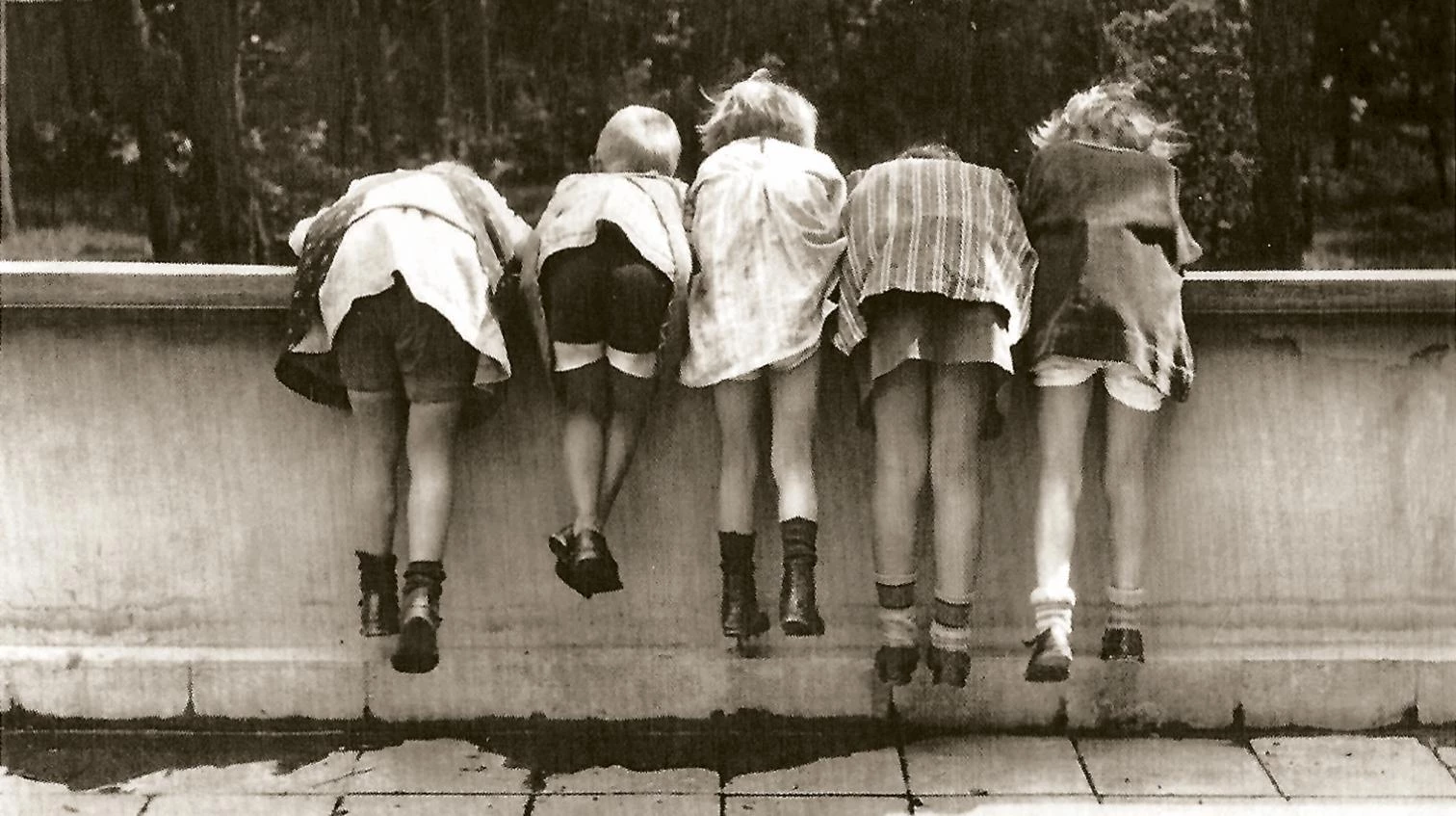
The centenary of the Bauhaus has seen an outpouring of perspectives on the mythical school, endeavored to close any remaining historiographic gaps, and pushed readers to the brink of fatigue.
It would be hard to count the lectures, seminars, celebrations, exhibitions, articles, and books that have been held or published in observance of the centennial; even more to extract from them anything truly new or valuable on the institution Gropius founded in 1919. Fortunately the 2nd International Congress of the Association of Historians of Architecture and Urbanism (AhAU) explored the networks of personal, pedagogical, and ideological links forged between Spain and the Bauhaus. The exquisite catalog serves less as a record of event proceedings than as a real history book. Could one rewrite the story of Spanish architecture of the past 100 years through its relationship with the Bauhaus? This is the rhetorical question raised by Carolina B. García-Estévez and Laura Martínez de Guereñu, directors of the congress and editors of the book. Of course the answer is yes, considering the close ties that leading Bauhäusler maintained with Spain, from Gropius’s travels here in 1907-1908 to Mies and Reich’s Barcelona Pavilion in 1929, and in the interim the Spanish sojourns of Klee, Kandinsky, Albers, and more.
The publication is interesting, however, not because it relates these and other personal incidents, nothing new after all, but because it takes a wider approach thematically and chronologically, throwing light on the Bauhaus’s ties with Spain not only in terms of direct exchanges, but also through those indirect bonds that are forged by means of ideas or ‘drives.’
The first part looks at the currents of dissemination between masters and disciples, presenting personalities like Breuer, Fieger, and Mies van der Rohe. The second addresses the theme of Bauhaus women through figures like Lena Meyer, Wera Meter-Waldeck, and Helene Nonné-Schmidt. The third focuses on the Bauhaus’s contaminations between art and architecture, exploring Sert and Moholy-Nagy and explaining the ties of Bauhaus leaders with Mexico and Brazil. The fourth studies another major Bauhaus theme, the habitat, in its domestic and urban scales, analyzing architects like Fernández del Amo, models like the Ibiza house, and some built examples. The fifth zeroes in on pedagogy, with essays about composition didactics at the Bauhaus, Torres Clavé’s teaching proposals, and the school’s contact with Harvard GSD via Sert. The sixth examines the avant-garde facet of the ‘utilitatian arts.’ The seventh pursues this in terms of the opposition between craft and industry. Two epigraphs complete the book, one on the Bauhaus’s dissemination networks and the other on historiography, criticism, and controversy around the legendary school.
Indeed, with its Spanish perspective, the book becomes a necessary and enthralling kaleidoscope that captures the Bauhaus in its own kaleidoscopic richness.






